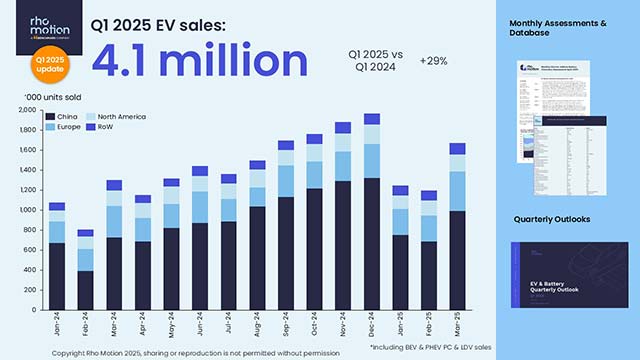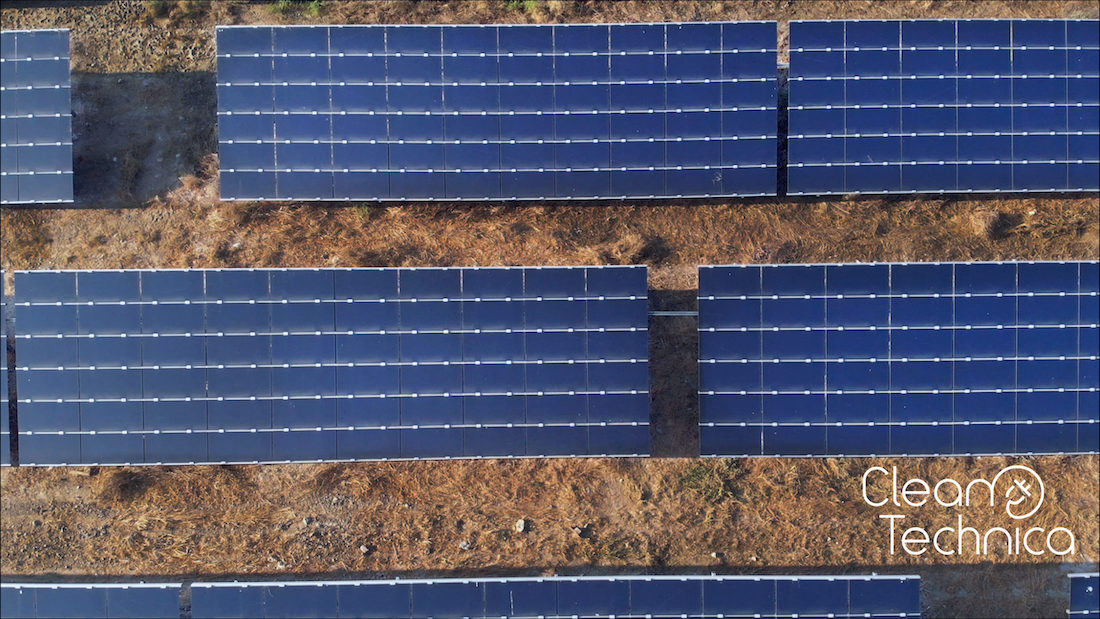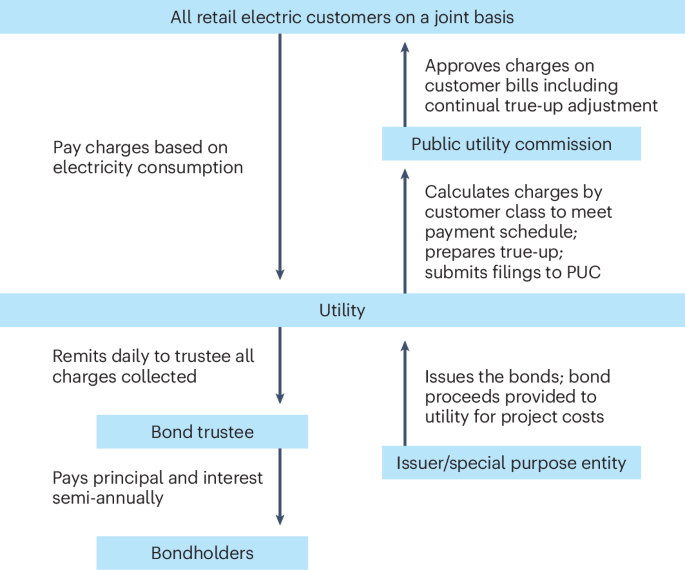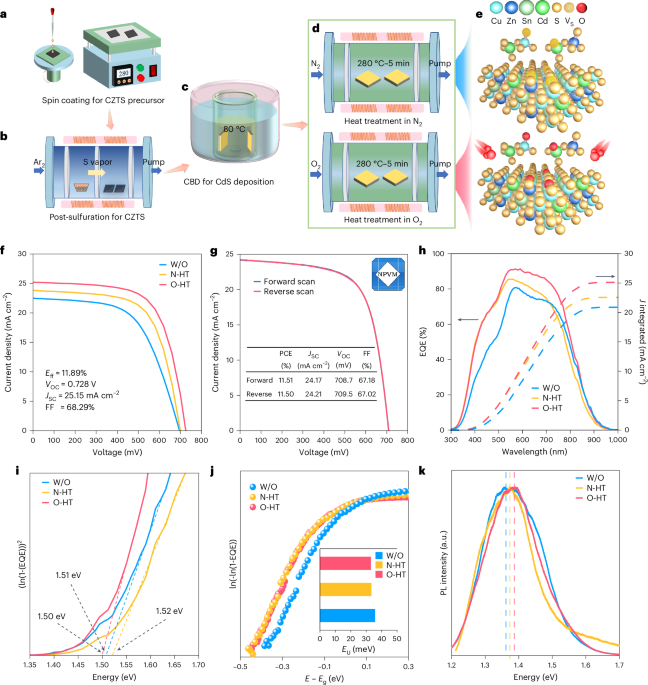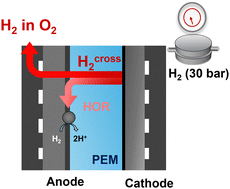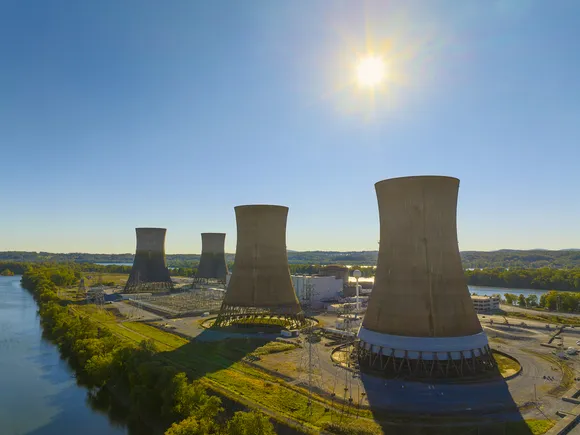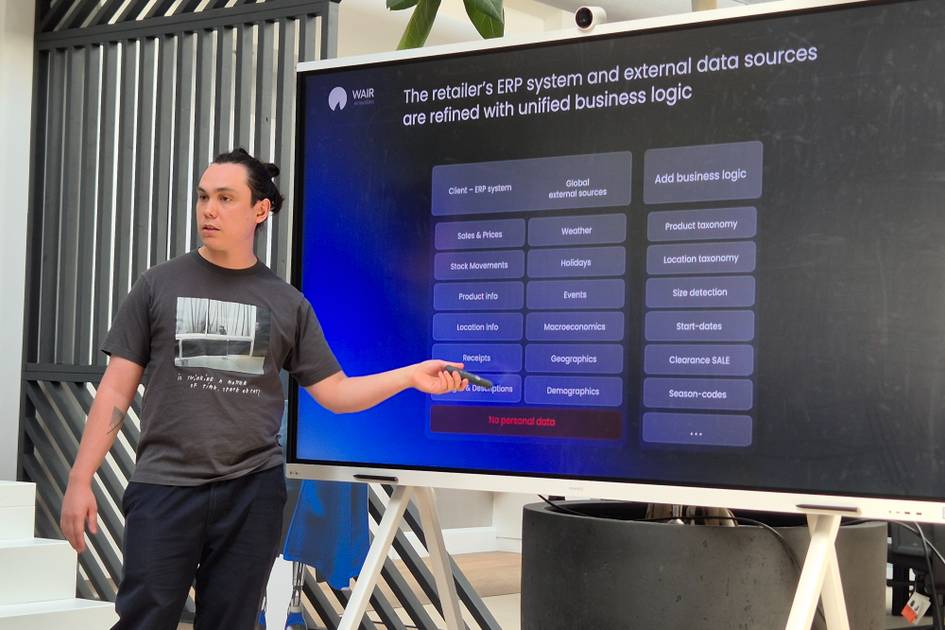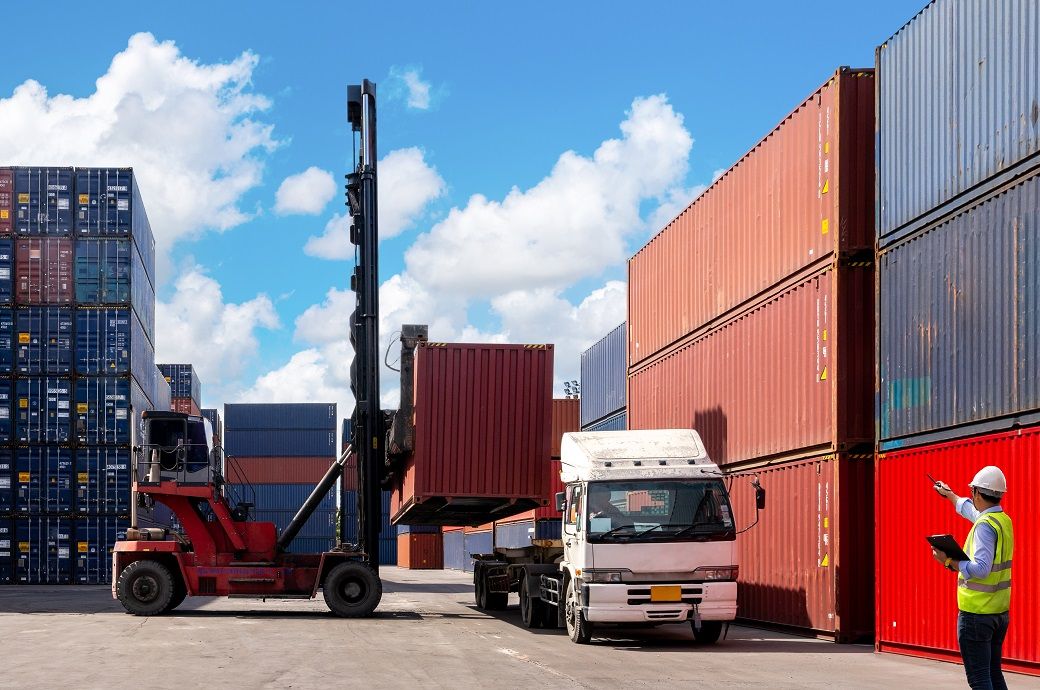Zn2+ Mediator with Ultrahigh Capacity over 8 m Enabled by H1.07Ti1.73O4 Ion Sieve for Stable Zinc Metal Batteries
Advanced Energy Materials, EarlyView.

A layered H1.07Ti1.73O4 ion sieve achieves ultrahigh Zn2+ adsorption (>8 m) through dynamic ion exchange, enabling selective Zn2+ flux regulation. A negatively charged octahedral layer facilitates cation-selective transport while shielding anions, and homogenizing interfacial ion distribution to minimize Zn loss. This mechanism suppresses parasitic reactions and dendrite formation, achieving ultrahigh stability in Zn metal batteries.
Abstract
Interfacial engineering is universally acknowledged as a dependable methodology to address the aqueous zinc metal interface issues. Although it is quite effective, the introduction of a modification layer impedes interfacial ion transport kinetics to some extent. Addressing this trade-off between stability and ion flux is critical for advancing zinc-based energy storage systems. Herein, a layered titanate (H1.07Ti1.73O4, HTO) medium layer enabling fast Zn2+ transport and ultrahigh Zn2+ concentration on the zinc anode surface is proposed. It is demonstrated that HTO uniquely facilitates Zn2+ enrichment through the exchange of interlayer H+ ions, achieving an exceptionally high Zn2+ adsorption concentration of 8.35 m, far exceeding that of electrolyte (2 m ZnSO4). The HTO layer serves as a dynamic ion transport bridge, establishing a continuous conductive pathway, and its inherent negative charge to selectively block sulfate anion (SO4 2−) penetration, thus exhibiting dual functionality as an ion conductor and anion sieve. The protected anode (Zn@HTO) exhibits exceptional stability, achieving nearly 2300 h cycling stability at a current density of 0.5 mA cm−2 and over 3900 h at 5 mA cm−2. Furthermore, Zn@HTO//ZnVO full cell demonstrates prolonged operational stability. This strategy provides a significant stride in breaking through the limitation of electrolyte concentration, thereby enabling fast, stable electrochemical reactions.






























